Introduction to the Courtisane Festival 2024
A Conversation with Artistic Director Pieter-Paul Mortier
From Wednesday 27 March to Sunday 31 March, the twenty-third Courtisane Festival will take place in Ghent, Belgium (specifically at Minard, Sphinx Cinema, KASKcinema and Paddenhoek). During the festival, Courtisane, a platform for film and audiovisual arts, will explore the relationships between image and world, aesthetics and politics, experimentation and engagement. Pieter-Paul Mortier, artistic director of the festival, guides us through this year’s programme.
You can find our selection of the Courtisane Festival here and the full programme here.
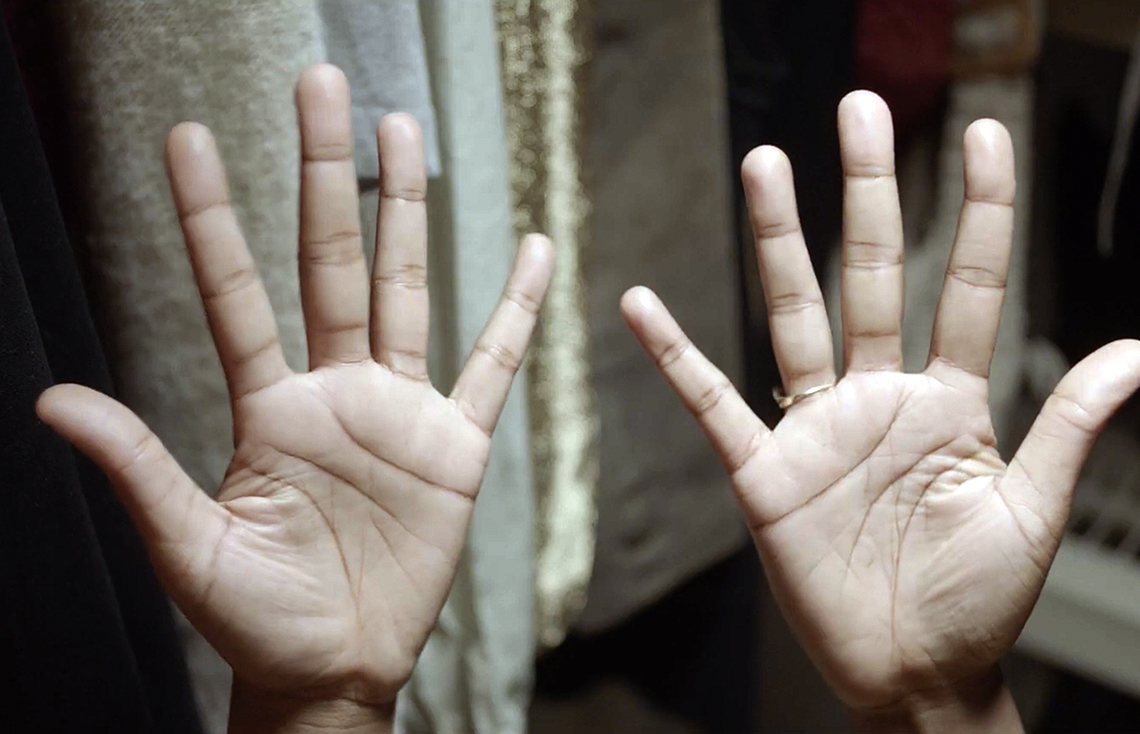
Tim Maerschand: Courtisane characterises itself as genre-crossing. What does that mean specifically?
Pieter-Paul Mortier: Genre-crossing comes naturally, which makes it difficult to define Courtisane very precisely. It deals with different forms of film and audiovisual arts, from filmmakers as well as visual and sound art creators, no matter the running time. One constant is that we are far away from the classic film industry. We show films that you can’t usually find in the mainstream film circuits.
The festival retains its adventurous and challenging character, but the programme has been rearranged considerably after many years, with no less than six sections this year and no artists in focus.
We felt we were ready for change. The festival was given a fixed structure roughly ten years ago. It was set up to find a form for what we wanted to screen. That worked well, but if you are not careful, the structure starts to determine what you screen. For instance, should a programme always feature two artists in focus? We are not deleting the category in spirit, but in name. Chances are that something similar will return at a next edition, without committing ourselves to it every year. Whereas the programme used to consist of three main categories (selection, artists in focus and a specific thematic programme), there are now more islands. We obviously hope that these will connect across the programme. An archipelago we called it at one point.
What role do the programmers take in the compilation of the separate sections on the one hand and the overarching ensemble on the other?
For a long period, the team consisted of four programmers: Stoffel Debuysere, María Palacios Cruz, Vincent Stroep and myself. The four of us were able to work together very naturally, sometimes reinforced by external curators and often in dialogue with the filmmakers or artists themselves. Within the whole, everyone had their own space in a way. For us, programmes should not be carried by compromise. With María’s appointment as director of the Open City Documentary Festival in London, the core team had to be revised anyway. Moreover, we have always felt it was important to dare to question the festival itself. We had long felt how some questions are even more prevalent today, such as who decides what gets shown. To give space to other voices, this edition the team has expanded to eleven programmers. Quite a big jump, raising a new question: what does giving space mean? We are now in a kind of transition phase. An exciting moment. Ensuring coherence is a big challenge in this respect, but instinctively we cautiously looked in a direction that presumably ensures coherence, so that for the visitor the different voices work well together. We like to speak of resonance between programme sections. Our initial feeling indicates that it is enriching and also confirms that it was necessary. New perspectives and angles, different choices and sensitivities. Hopefully the audience will still experience it as Courtisane, whatever that may mean.
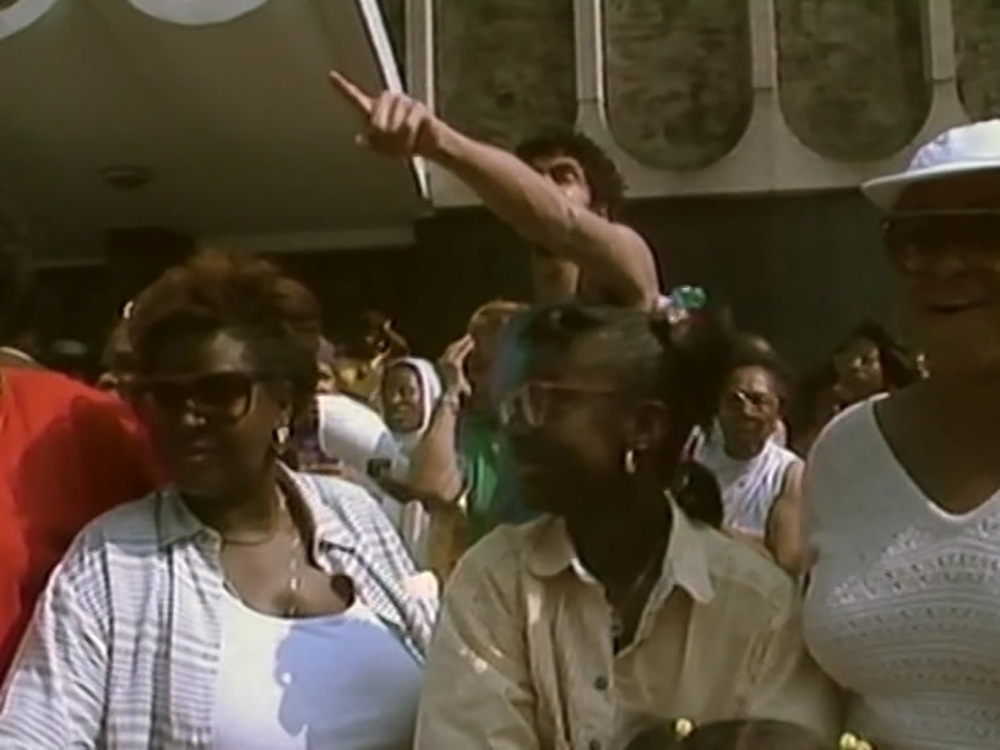
The biggest programme section is the so-called ‘Selections’, sixteen in total, most of which include more than one film. How do these selections come about?
Selections that include several films are more often short works. When we find a short film to be special, we ask the maker to present the new work in context with older work to create a dialogue. The selection is then made in concert. It involves our own work or that of filmmakers and artists important to the maker, sometimes historical work and sometimes several films by the same maker. Courtisane has been doing this for some time, but now we are taking it a step further, because more programmers are involved. In the case of the selections, these are three young curators from the postgraduate course in Film Curating Studies at the Elías Querejeta Zine Eskola (EQZE) in Spain. A number of artists, including Anouk De Clercq and Morgan Quaintance, have curated this year a selection entirely autonomously. The closing night is similarly composed of short films, notably Branden by Lisette Ma Neza Ntukabumwe, who is known as a performer, slam poet and the very first city poet of Brussels, and the debut film Bamssi made by Mourad Ben Amor in dialogue with his niece Fairuz Ghammam. Two small films in the very best sense of the word small, but with very big implications and interwoven with complex realities.
In addition, longer works can be featured on their own in the programme?
Like the festival’s opening film, The Tuba Thieves. Through the remarkable true story of stolen tubas in Los Angeles, the American filmmaker and visual artist Alison O’Daniel, who is herself deaf, explores the impact of sound on the world of deaf and hard-of-hearing people. The various modes of non-verbal communication and experiments in the film result in an extraordinary viewing and listening experience. You are challenged to recalibrate how you look and listen. I am already looking forward to the audience reactions. An atypical production for Courtisane, in collaboration with Film Fest Gent, is a (at least by our standards) large-scale stage show The Daughters of Fire, featuring film footage by Pedro Costa, with singers and live music by the baroque ensemble Os Músicos do Tejo.
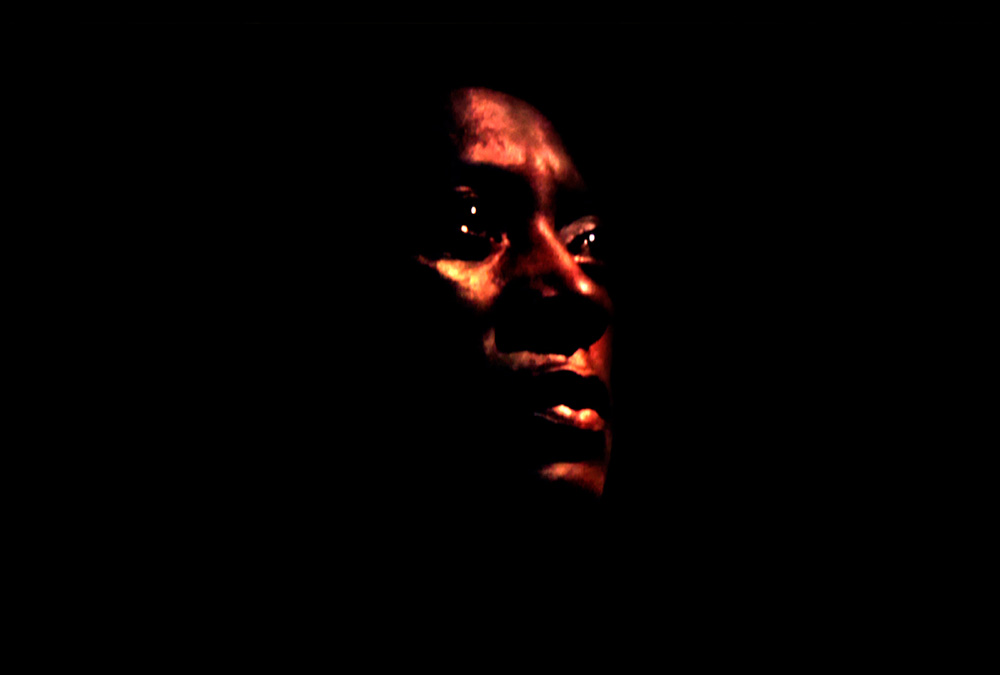
The five other sections are constructed from historical and/or thematic intertwining. ‘We Have Been Long Been Silent’, as the title implies, aims to give a voice to those who have long been marginalised in film history.
‘We Have Been Long Silent’ was curated by Kris Woods. He engaged in a conversation with director Helke Misselwitz, whom we had come to know thanks to him, at last year’s screening of the film Winter Adé. It was heartening to be able to connect younger generations with Helke. She is a fantastic filmmaker and, as it turned out, is part of a powerful generation of female filmmakers from Germany who were very active during the 1970s and 1980s. Unfortunately, when we think of the golden era of Neuer Deutscher Film, we invariably end up with the same names of male directors. Films by women from that era are rarely shown and rarely discussed, even though they are incredibly important. Hence, we asked Kris to devote an extensive programme to them, partly during the festival as an introduction to what follows at CINEMATEK during the summer.
More female voices are featured in the programme section with the plastic title ‘It drips, it splashes, it burns, it scrapes’.
A spectacular title affixed by the programmer of this section, Eva van Tongeren, filmmaker and one of the driving forces behind the Visite Film Festival in Antwerp. Last year, Eva put together two short programmes for Courtisane. This year, she arrived at a collection of films with feminist themes and questions about biopolitics, identity and emancipation from the relationship between female bodies and vulnerability. It brings together artists from different artistic spaces and generations. I look forward to discovering it for myself.
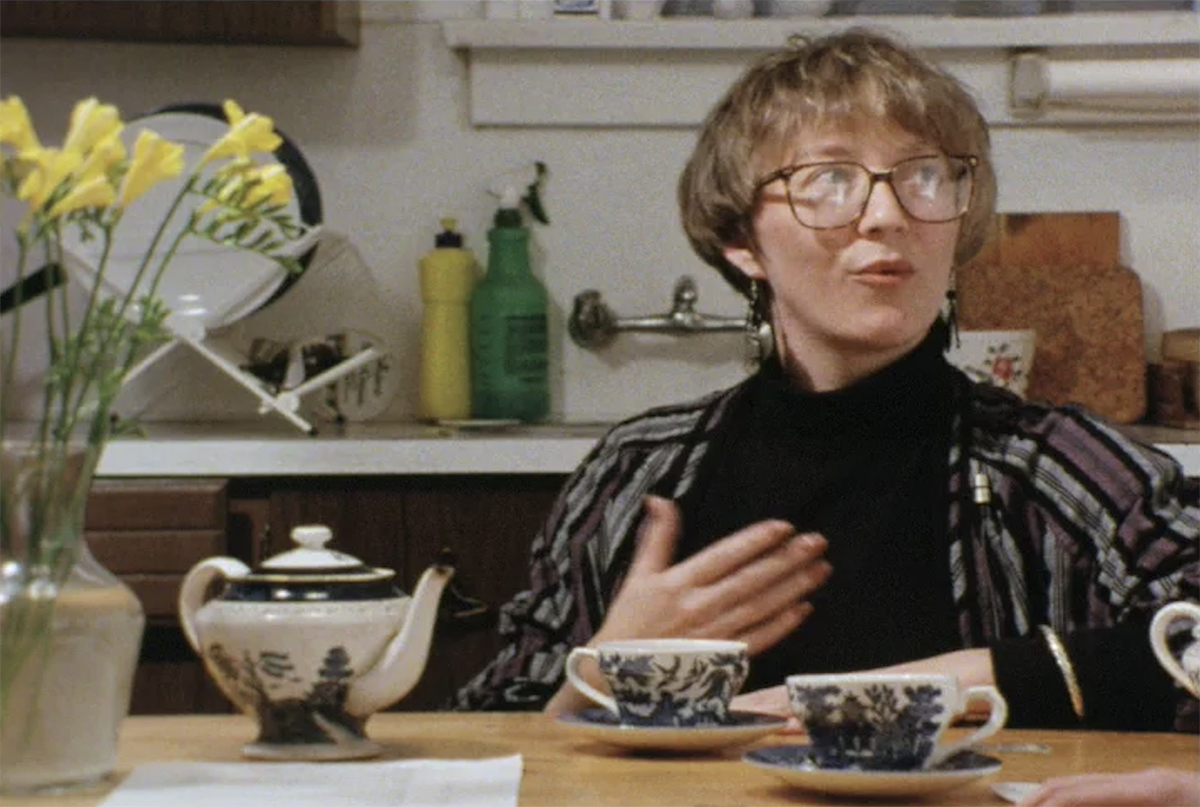
Similarly, the ‘Politics of the Voice’ section focuses on the voice?
‘Politics of the Voice’ is curated by British-Caribbean voice and movement artist Elaine Mitchener, a classically trained composer and vocalist, but experimental in her performance. At our request, she has composed, again, completely autonomously, a programme on the poetic and political possibilities of the human voice. For this, she has invited several artist friends. The programme is divided into three sessions, including an electroacoustic presentation by Loré Lixenberg, a vocal performance by Audrey Chen and poems recited by Nhã Thuyên and Jay Bernard. Elaine will also give a performance herself, in a musical duet with Neil Charles on bass. She also chose three beautiful video works from the 1970s by the American-South Korean Theresa Hak Kyung Cha, who died too soon.
‘Politics of the Voice’ is a continuation of the ‘Echoes of Dissent’ series, as is the programme section ‘Thinking with Dub Cinema’?
‘Echoes of the Dissent’ is itself a continuation of the ‘Figures of Dissent’ series, for many years as much a part of both the festival and our year-long programme. Originating from a research project at KASK by our colleague/programmer Stoffel Debuysere, ‘Figures of Dissent’ questioned the relationship between cinema and politics. Since then, the research, and therefore also the series within Courtisane, has been reoriented towards the relationship between the soundtrack and the political dimension. Which resonates with just about every other programme section of the festival, as the aural is perhaps even more accentuated this year than in other years. For ‘Thinking with Dub Cinema’, curators Kodwo Eshun and Louis Henderson departed from texts by Greg Tate and Okwui Enwezor on Handsworth Songs, a key film in the work of Black Audio Film Collective (which has made regular appearances on the programme in recent years) and in the essayistic film tradition tout court. Tate and Enwezor introduced the idea or concept of dub cinema. Dub refers to an electronic music form born of reggae in the late 1960s and early 1970s. Through echo and reduction, among other things, dub music decomposes the essence of a song. The sonic process can additionally be viewed and listened to politically, linked by Enwezor to the idea of historically coloured dub cinema inspired by the pioneering Black Audio Film Collective. ‘Thinking with Dub Cinema’ invites you to think about dub as a cine-sonic process through four viewing, reading, and listening sessions over two study days; three film screenings, including Handsworth Songs; and a late-night listening session at De Roes.
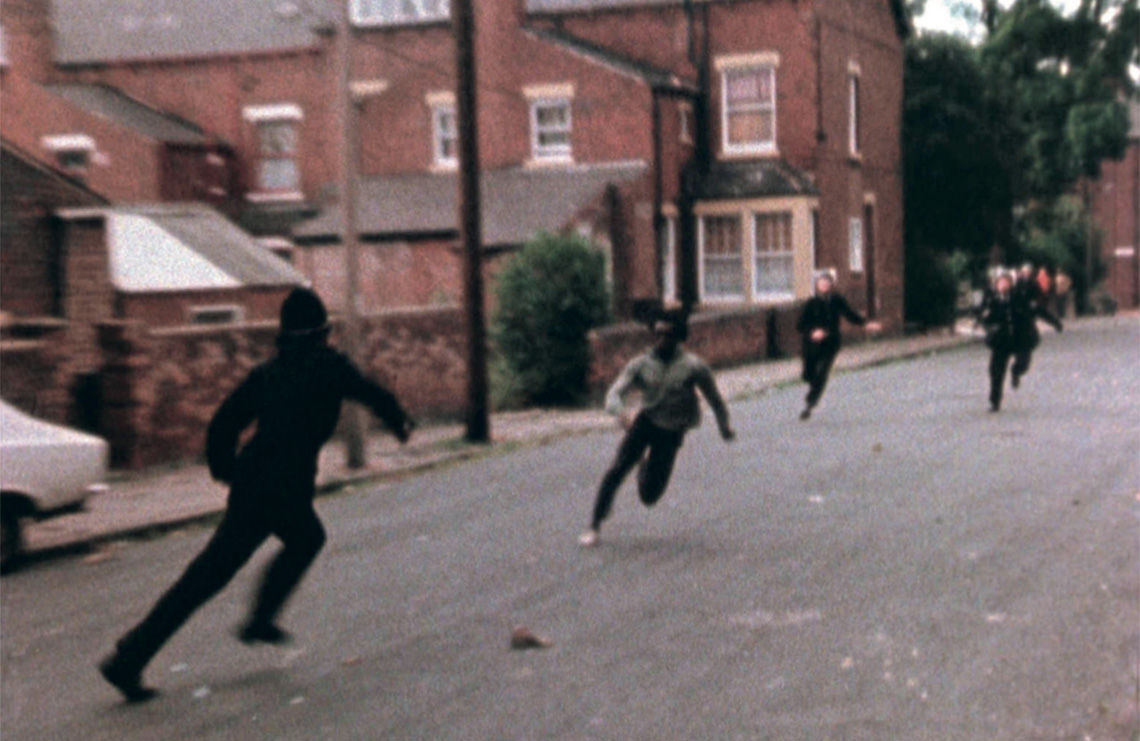
A final section, ‘The Skin of the World’, has a subtitle: propositions for a cinema of resonance. What does such a cinema entail and how does it translate to the programme?
Resonance encompasses a multitude of meanings. The programme, curated by Stoffel Debuysere, aims to formulate some tentative propositions to approach the concept from the perspective of cinema. Seasoned visitors may already be familiar with some of the films in question and their makers (including Annik Leroy, Apichatpong Weerasethakul, Jia Zhangke and Manon de Boer), but the sense of feeling and thinking also resonates likewise in the peculiar, and at first sight not very obvious, way they are combined. What resonance is created when these films meet? How can they speak to each other? I myself am very curious. It reminds me of how curators like Amos Vogel or Alexander Horwath dared to programme experimentally in the past, looking for new connections. An example from ‘The Skin of the World’: Get Out of the Car by Thom Anderson, key figure in experimental American cinema, and Jia Zhangke’s feature debut Xiao Wu [Pickpocket]. I can’t imagine the two have ever been screened together before.1
- 1Translated by Gerard-Jan Claes

